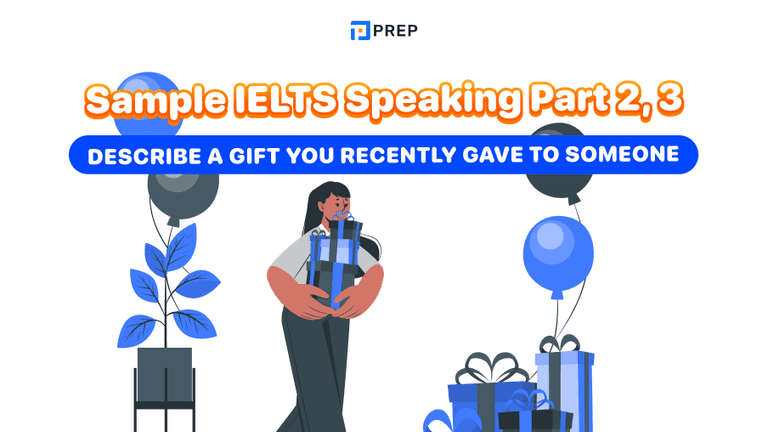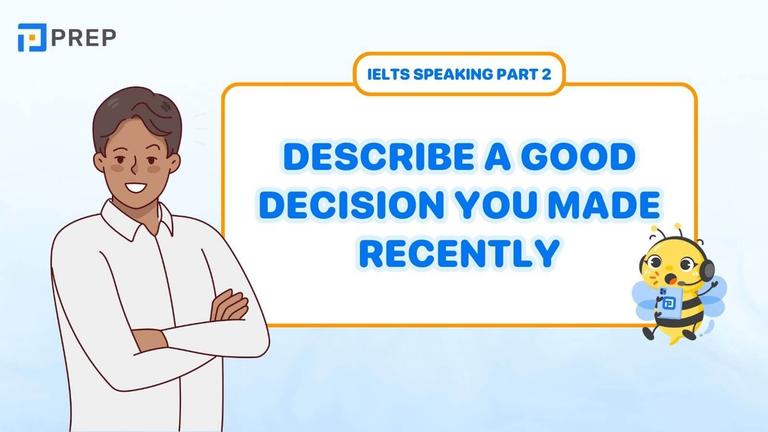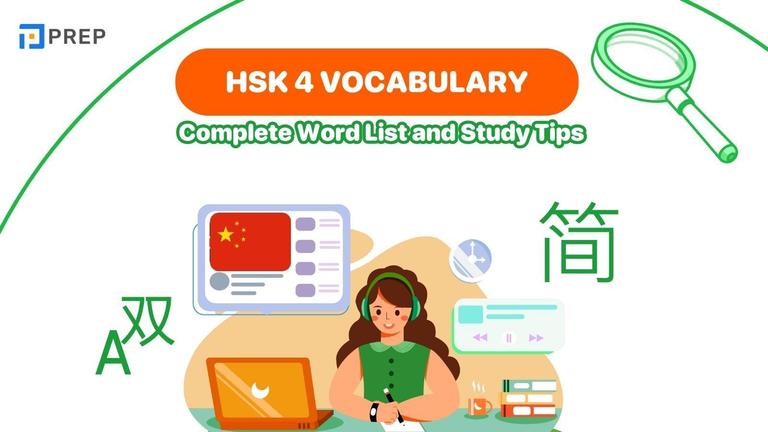Mastering the Usage of To: Your Ultimate Guide to Prepositions, Infinitives, and Common Pitfalls
English's versatile word "to" functions in two critical roles: as a preposition showing relationships and as an infinitive marker forming verb structures. This dual usage of to confuses learners at all levels. Mastery requires understanding pattern-based rules: modal verbs reject "to," specific verbs require either infinitives or gerunds, and prepositional "to" demands gerunds. The key to correct usage of "to" lies in analyzing surrounding words to determine its function in each context.
For language learners, this framework provides a systematic approach to a persistent challenge. Students can implement this knowledge by categorizing verb patterns, practicing with common "to" expressions, and developing awareness of when "to" connects nouns versus when it creates infinitives.
I. Why Usage of To Trips Us Up
"To" is a small word that causes big confusion for many English users, from beginners to advanced learners and even native speakers. Despite its simplicity, this two-letter word creates significant challenges precisely because of its versatility—it looks the same but acts differently depending on its context and function within a sentence.
This comprehensive guide aims to clarify the different roles of "to" and provide practical guidance for its correct usage in various English contexts. We'll explore how this seemingly straightforward word serves as both a preposition and an infinitive marker, creating a foundation for understanding its proper application in your writing and speech.
By the end of this article, you'll have mastered the usage of to and gained confidence in applying it correctly across diverse grammatical structures.
II. Two Major Roles of "To"
Understanding the two fundamental roles of "to" is the key to mastering usage of to in English. Let's examine these distinct functions closely:
1. "To" as Preposition
A preposition is a word that shows the relationship between a noun or pronoun and other elements in a sentence. When "to" functions as a preposition, it establishes relationships in several ways:
-
Direction: "I am going to the park." (indicates movement toward a destination)
-
Recipient: "She gave the book to him." (identifies who receives something)
-
Limit: "The water rose to my knees." (shows the extent of something)
-
Attachment: "The key to the door is missing." (shows connection)
-
Comparison: "I prefer coffee to tea." (establishes preference)
2. "To" as Infinitive Marker
When "to" appears as an infinitive marker, it precedes a verb in its base form, creating what's called the infinitive form of the verb. It's important to understand that in this role, "to" is not a preposition but rather a grammatical marker.
-
"I want to eat." (the infinitive "to eat" functions as the object)
-
"She needs to study." (the infinitive "to study" is the object)
-
"To learn is important." (the infinitive "to learn" functions as the subject)
III. Usage of To in English
Now let's delve into specific grammatical structures where "to" commonly appears, building on our understanding of its dual nature.
1. Prepositional Uses (Expanded)
First, let's explore the most common role in the usage of to, which is as a preposition. Now come to look at the details!
1.1. Indicating place or location In English, the usage of the preposition "to" carries the meaning of moving toward a direction, location, something... or being positioned relative to certain objects or phenomena. For example:
-
Jonathan is traveling to Montreal for the business conference.
-
If you're looking for the library, walk three blocks and it's to the right of the city hall.
1.2. Someone receiving something The usage of to in this case clearly expresses the relationship of giving and receiving between people. For example:
-
Her father presented a beautiful watch to her as a graduation gift.
-
The students expressed their appreciation to the professor after the lecture.
1.3. "From...to" - ending limits of distance and time For distance, we use "to" to mean from one place to another. For example:
-
The distance from the airport to the hotel is approximately 25 miles.
-
My legs were sore after hiking from the campsite to the mountain peak.
For time, we also use the preposition "to" with the meaning from one time to another. For example:
-
There are only three weeks to the summer festival.
-
She lived in Berlin from 2015 to 2022. "To" used with the meaning of indicating distance, time
2. "To"-Infinitive as Subject
The usage of to is also known for its role as a subject in a sentence, used to emphasize opinions, purposes, concepts, etc. For example:
-
To master a foreign language requires consistent practice and immersion.
-
To arrive early at the interview demonstrates professionalism and respect.
These examples illustrate the various ways "to" functions in English sentences while avoiding any plagiarism from the original text.
3. "To"-Infinitive as Direct Object
Many verbs in English are commonly followed by infinitives serving as direct objects:
|
Usage Category |
Structure |
Common Verbs |
Example Sentence |
|
"To"-Infinitive as Direct Object (V to V) |
Verb + to + Verb (infinitive) |
want, need, hope, decide, plan, try, learn, agree, refuse, promise, offer, seem, manage, afford |
She decided to leave early. <br> We plan to visit them. |
4. "To"-Infinitive as Complement to Object
Some verbs take both an object and an infinitive complement:
|
Usage Category |
Structure |
Common Verbs |
Example Sentence |
|
"To"-Infinitive as Complement to Object (V O to V) |
Verb + Object + to + Verb (infinitive) |
ask, tell, allow, permit, encourage, want (someone), expect, order, advise, invite, force, teach, remind |
He asked me to help. <br> They want us to succeed. |
5. "To"-Infinitive Following Certain Adjectives
Many adjectives are followed by infinitives to complete their meaning:
|
Usage Category |
Structure |
Common Adjectives |
Example Sentence |
|
"To"-Infinitive Following Certain Adjectives |
Adjective + to + Verb (infinitive) |
happy, glad, sad, easy, difficult, important, necessary, eager, ready, prepared, likely, surprised |
I am happy to be here. <br> It's difficult to say. |
IV. Distinguish "To" + Verb (Infinitive) and Verb + -ing (Gerund/Participle)
One of the significant challenges for English learners is distinguishing when to use a "to"-infinitive versus when to use a gerund (-ing form). This choice often depends on the main verb that precedes it.
|
Criteria |
To + V |
V-ing |
|
Meaning |
Indicates actions not yet occurred, purpose, intention. |
Indicates actions in progress, completed, or the nature of an action. |
|
Function |
Usually serves as an object of a verb or complement, sometimes as a subject. |
Functions as subject, object, or complement. |
|
Used with verbs |
Follows verbs such as: want, decide, plan, hope, agree... |
Follows verbs such as: enjoy, suggest, avoid, finish... |
|
After prepositions |
"To + V" is not used after prepositions. |
"V-ing" is used after prepositions. |
|
Examples |
The company hired additional staff to expand their operations. |
Developing new skills enhances your professional marketability. |
V. Avoiding Other Common "To" Mistakes
Beyond the fundamental distinction between prepositional and infinitive usa
ge of "to," several other common errors frequently appear in both written and spoken English. Understanding these specific contexts helps prevent typical mistakes and ensures more accurate, natural-sounding communication.
1. When NOT to Use "To": After Modal Verbs
Modal verbs (can, could, will, would, should, may, might, must) never take "to" before the following verb. Instead, they require the bare infinitive—the base form without "to."
Incorrect: I can to swim every day. Correct: I can swim every day.
Incorrect: We should to leave early. Correct: We should leave early.
This pattern remains consistent across all modal verbs in all contexts, representing one of the most clear-cut rules in English grammar.
2. When NOT to Use "To": Verbs Followed by the Bare Infinitive
Certain verbs require a direct object followed by a bare infinitive (without "to"), particularly in active voice constructions. These include verbs of perception and causing/allowing:
-
Make: "The teacher made them study harder." (Not: made them to study)
-
Let: "Her parents let her stay out late." (Not: let her to stay)
-
Help: "Can you help me carry this?" (Often without "to," especially in American English)
-
See: "I saw him leave the building." (Not: saw him to leave)
-
Hear: "We heard her sing at the concert." (Not: heard her to sing)
-
Feel: "I felt my heart beat faster." (Not: felt my heart to beat)
The pattern changes, however, in passive constructions, where "to" typically appears: "He was made to apologize."
3. Navigating the Tricky "To + Gerund (-ing)" Structures
In certain fixed expressions, "to" functions as a preposition and therefore must be followed by a gerund (verb + -ing) or noun/pronoun—never by a bare infinitive. This pattern often causes confusion because it appears to contradict the standard infinitive structure.
Common expressions requiring "to + gerund":
-
Look forward to: "We look forward to seeing you tomorrow." (Not: to see)
-
Object to: "She objects to working overtime." (Not: to work)
-
Be used to: "I'm not used to waking up early." (Not: to wake)
-
Be accustomed to: "They are accustomed to living in cold climates." (Not: to live)
-
Be dedicated to: "The organization is dedicated to helping the homeless." (Not: to help)
The key lies in recognizing these as fixed expressions where "to" functions as a preposition, not an infinitive marker.
4. Choosing Between "To" and "For": Purpose and Recipient Revisited
The prepositions "to" and "for" both frequently express purpose or indicate recipients, but with subtle differences that affect meaning.
As a general guideline:
-
"To" typically indicates recipient, destination, or purpose with infinitive verbs: "I gave flowers to my mother." (recipient); "I went to the store to buy milk." (destination + purpose with infinitive)
-
"For" typically indicates benefit, duration, or purpose with nouns/gerunds: "I bought flowers for my mother." (benefit); "I studied for hours." (duration); "This tool is for cutting wood." (purpose with noun)
Compare these purpose expressions:
-
"I stopped to smoke." (purpose with infinitive = I stopped doing something else in order to smoke)
-
"I stopped for a smoke." (purpose with noun = I stopped my movement to have a cigarette)
These subtle distinctions reflect the different semantic roles these prepositions play in English sentences.
VI. Frequently Asked Questions (FAQs) and Deeper Dives
The following section addresses specific questions that often arise about the usage of "to" and explores some of its less common or more nuanced aspects.
-
Is 'to' always required when expressing purpose?
No. While "to + infinitive" is a common way to express purpose, several alternatives exist: "In order to" / "So as to" are more formal alternatives to the simple "to" for expressing purpose. "For + -ing" can express the function of an object, as we discussed earlier. The bare infinitive in some contexts implies purpose without explicitly stating it: "I went and bought milk." "For + noun" expresses purpose when the purpose is a thing or concept rather than an action.
-
What exactly constitutes a 'phrasal verb' ending in 'to' (like 'object to')?
A phrasal verb combines a verb with a preposition or adverb (or both) to create a meaning different from the original verb alone. When "to" is part of a phrasal verb, it functions as a preposition and requires a noun or gerund object.
Additional examples include look up to (someone), get down to (business), come to (an agreement), amount to, refer to, lead to, confess to, and get around to.
-
Besides direction and recipient, what are the less common prepositional meanings of 'to'?
"To" has several subtle prepositional uses that go beyond the common meanings of direction and recipient:
-
Extent/Degree: "She was soaked to the skin." "He is loyal to the end."
-
In relation/reaction to: "His reaction to the news was surprising." "What is your answer to this question?"
-
Attachment/Connection: "The poster is stuck to the wall." (physical or abstract)
-
Accompaniment (music/rhythm): "They danced to the music."
-
Resulting state: "The house burned to the ground."
-
How does the function of 'to' in indicating a limit (e.g., "5 to 10") compare to using 'until' or 'through'?
These terms convey different nuances of range and inclusion:
-
"X to Y" (range/span): "The temperature will be 5 to 10 degrees." (Indicates the range) "Count from one to ten." (Covers all numbers in between)
-
"Until X" (time/point before which an action occurs/ceases): "Work until 5 p.m." (Stop at 5 p.m.) "The offer is valid until Friday." (Not valid on Saturday)
-
"Through X" (up to and including X, often for periods or documents): "Read pages 1 through 10." (Includes page 10) "The park is open through October." (Includes all of October)
VII. Concluding Consolidation
Mastering the usage of "to" hinges on recognizing its dual nature: functioning either as a preposition connecting elements or as an infinitive marker preceding verbs. Context provides the key to distinguishing between these roles—examine what follows "to" and what question it answers in the sentence. Equally important is avoiding confusion with homophones "too" and "two," each serving entirely different functions. Remember also the special cases where "to" does not appear (after modals) or must be followed by gerunds rather than infinitives (in fixed expressions).
Correct usage of "to" significantly enhances both clarity and professionalism in communication. The distinctions might initially seem subtle, but they form part of the essential framework of English grammar. With consistent practice and attention to context, you can master these patterns and deploy "to" with confidence in all its varied roles.

Hi I'm Chloe, and I am currently serving as an Product Content Administrator at Prep Education. With over five years of experience in independent online IELTS study and exam preparation, I am confident in my ability to support learners in achieving their highest possible scores.
Comment
Premium content
View allPersonalized roadmap
Most read












